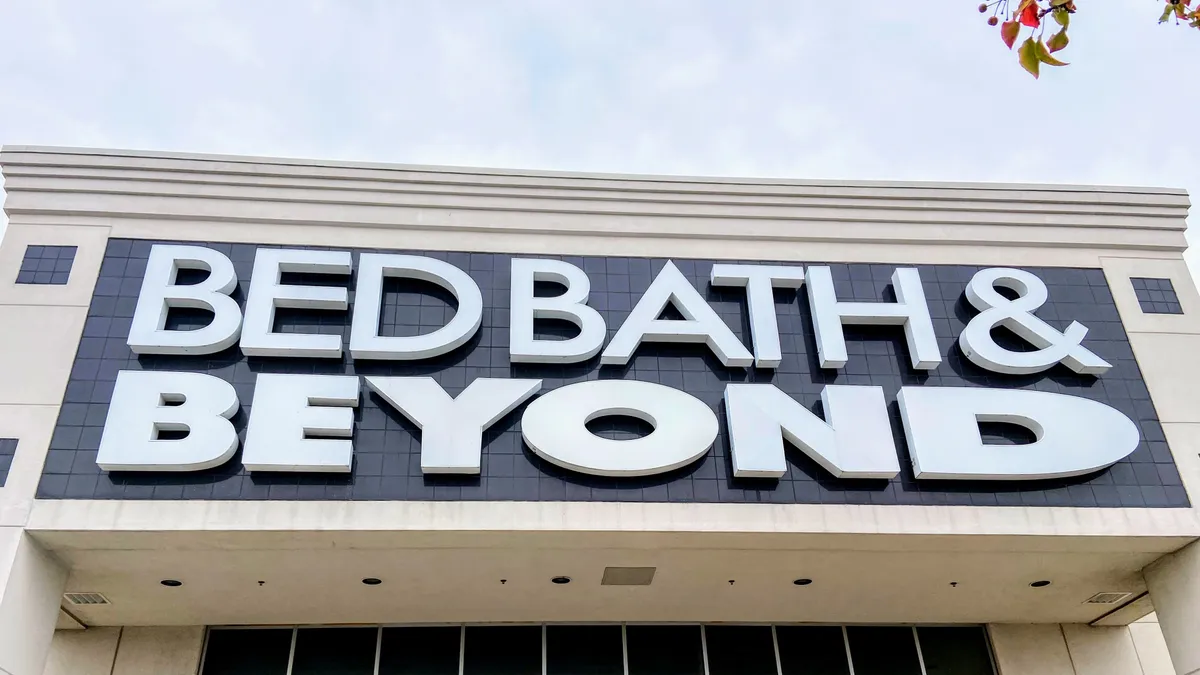Dive Brief:
- Supply chain stresses and unavailable replenishment inventory at Bed Bath & Beyond had a $100 million impact on the retailer's Q3 results, in what President and CEO Mark Tritton called "the perfect storm" of near-term issues.
- A legacy supply chain infrastructure with limited visibility, vendor constraints and issues with inventory flow to distribution centers and stores prevented the company from meeting full customer demand, Tritton said on an earnings call. The retailer struggled with on-shelf availability for its top 200 items, which include kitchen appliances and personal electronics.
- To address challenges with inventory receipt timing, Bed Bath & Beyond has "created new transfer processes that increase third-party logistics capacity and decrease warehouse holds to assist with flow," Tritton said. For enhanced visibility, it is adding digital capabilities that will automatically shift inventory sourcing based on availability.
Dive Insight:
Bed Bath & Beyond is grappling with the same transportation and supply challenges many other retailers are facing — all while transforming its own supply chain.
"We know that we're starting off with legacy supply chain infrastructure, and our investments we're making now will really take hold more in second half of 2022," Tritton said. "So it's hitting us a little earlier than our preparation."
The company is investing $250 million in its supply chain to accomplish several goals, such as dropping store replenishment times from 35 days to 10 days and launching four regional distribution centers to reduce its reliance on cross docks. Bed Bath & Beyond started operations at its first regional DC in Pennsylvania in Q3 and executed a lease for another DC in California, both operated by Ryder Systems, according to its earnings report.
Bed Bath & Beyond is also using the investment to transform its technological capabilities. Better tools and processes will help it more effectively match up supply to demand, Tritton said.
The retailer is replacing its current technology with an ERP system from Oracle to provide real-time financial and operational insight. It began its final round of ERP testing in Q3, with its launch on track for 2022, according to its earnings presentation.
Bed Bath & Beyond also launched in Q3 its new cloud-based technology platform with Relex Solutions for automated forecasting, replenishment and allocation planning. Better supply chain visibility has helped companies like Microsoft stay ahead of logistical bottlenecks and reroute inventory when needed.
"Our number one priority is continue to change our current systems and processes to unlock inventory in a faster and more efficient way to meet demand, above and beyond our mid- to long-term investments," Tritton said.














